We invite applications for the 2026 DiRAC Fellowship in the Department of Astronomy at the University of Washington. These up to 3-year full time postdoctoral positions are available to promising early-career scientists.
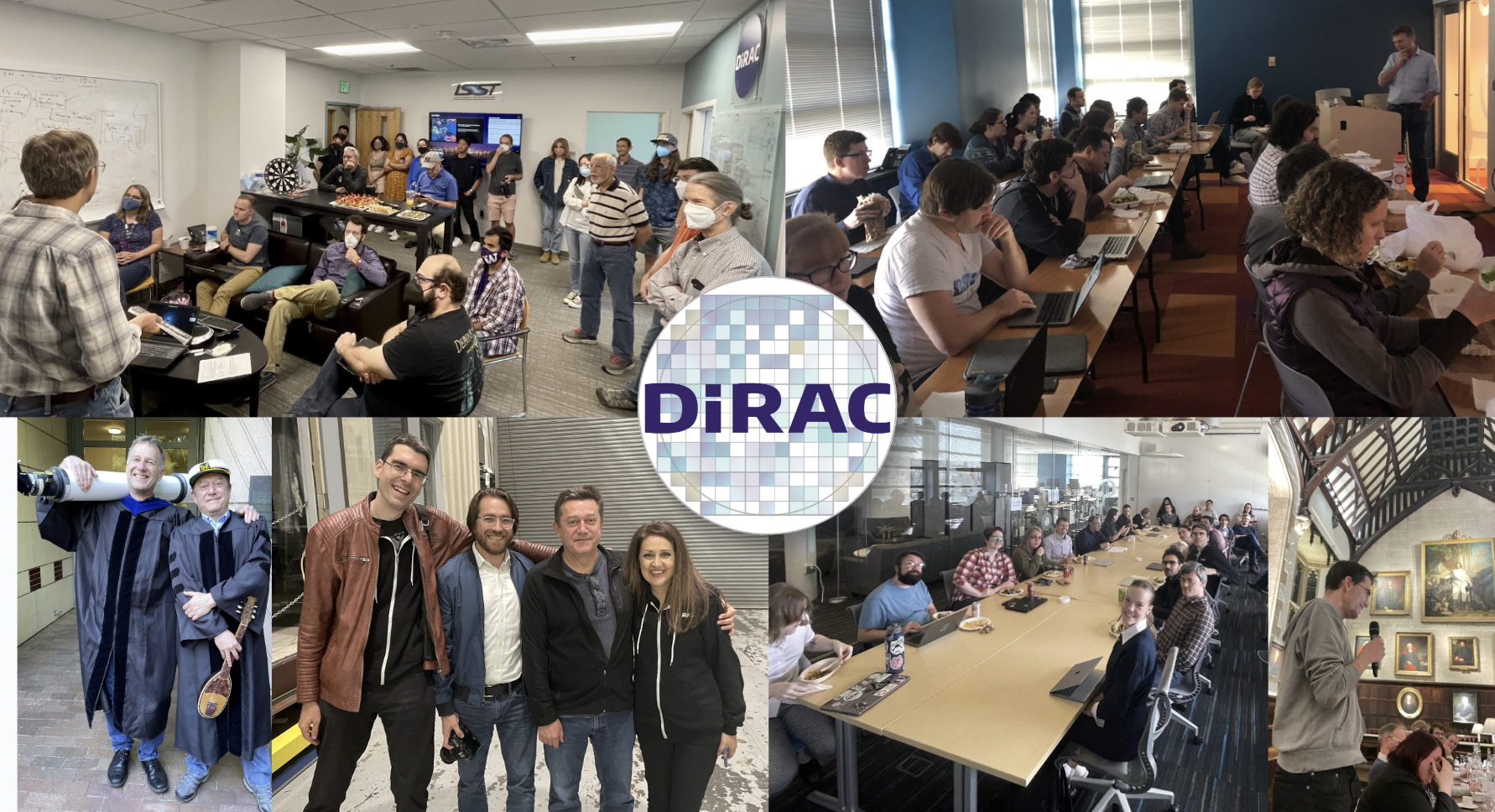

We invite applications for the 2026 DiRAC Fellowship in the Department of Astronomy at the University of Washington. These up to 3-year full time postdoctoral positions are available to promising early-career scientists.
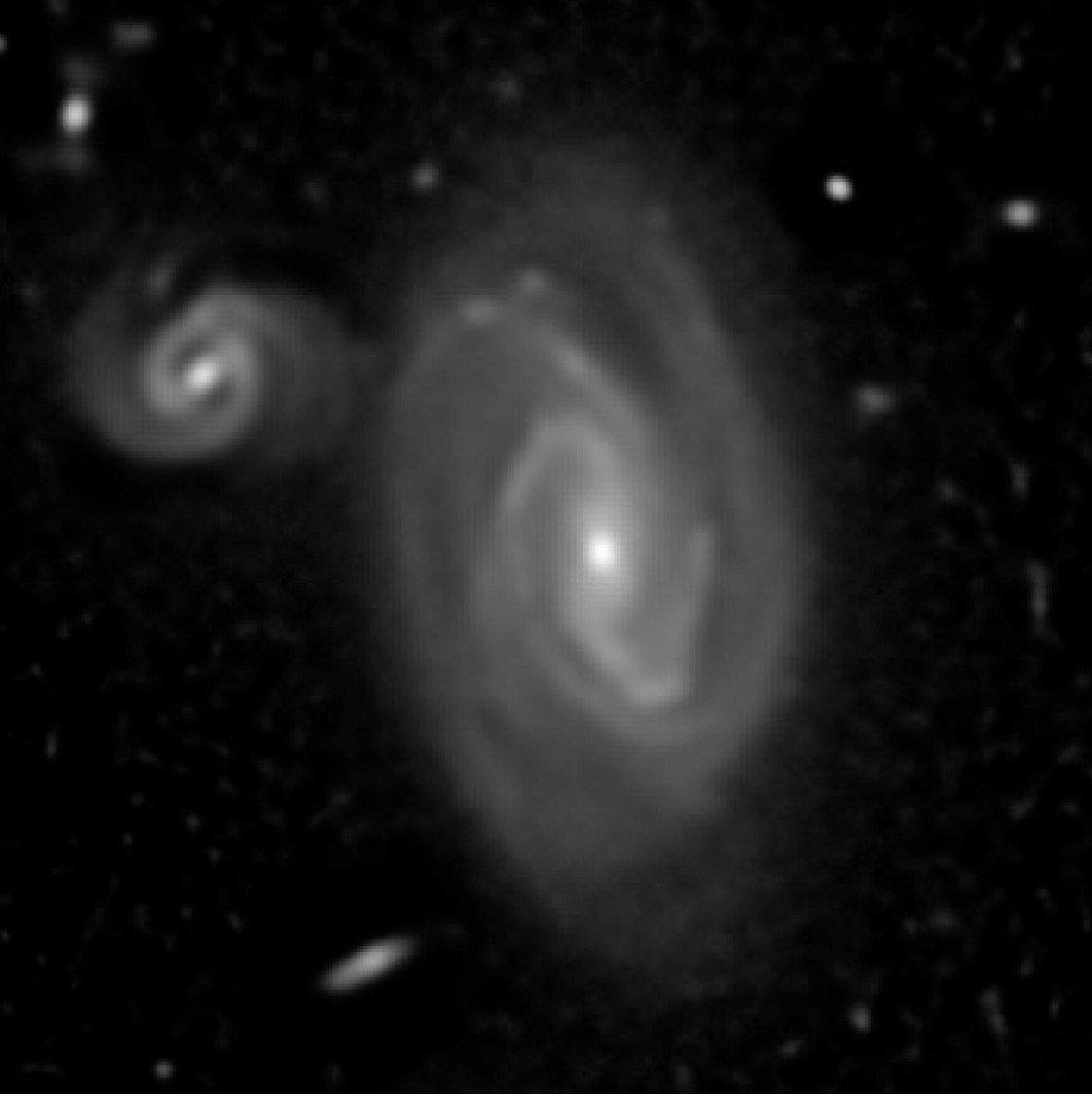
John Hopkins University featured research co-authored by eScience director, and the founding director of DiRAC Institute, Andrew Connolly. Johns Hopkins scientists develop method to render Earth-based images as clear as those taken from space.
A new paper that includes co-authors from the DiRAC Institute, “PhotoD with LSST: Stellar Photometric Distances Out to the Edge of the Galaxy”, will aid in analysis of the Rubin Observatory’s Legacy Survey of Space and time (LSST) dataset.
Distances to stars are a crucial part of understanding the formation and evolution of the Milky Way galaxy, but only nearby stars’ distances (and absolute brightness) can be determined via parallax. We can, however, use their measured properties, like their color, to measure distances to stars well beyond the parallax limit. The Rubin Observatory’s high resolution, six optical filter system will make exquisite color measurements of tens of billions of stars, categorizing them with sufficient accuracy to estimate their distances, chemical contents and obscuration by interstellar dust, with proper modeling. This new analysis model incorporates data from previous surveys, such as the Sloan Digital Sky Survey (SDSS), DECam and Gaia, and introduces a new Bayesian model and computational pipeline, PhotoD (“Photometric Distance”), designed to analyze large datasets using established models and simulated stellar catalogs. The pipeline, which can process each star in about 10 milliseconds, may be further improved using neural networks. The resulting PhotoD-derived catalogs will be publicly accessible through the Rubin Science Platform.
Contributing authors for the article, appearing in the January issue of The Astronomical Journal, include DiRAC members Željko Ivezić, Neven Caplar, Bob Abel and Mario Jurić.
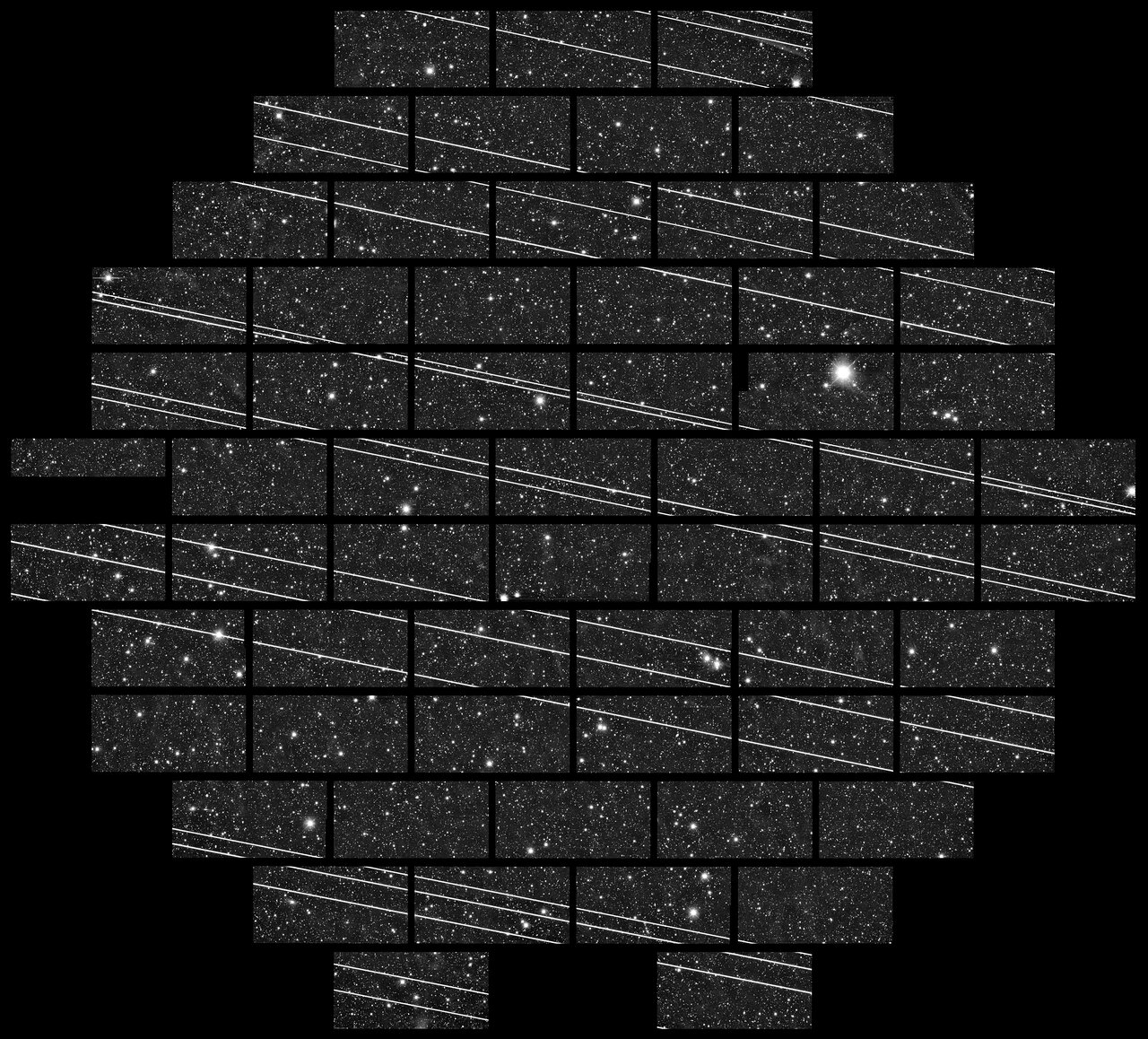
As construction continues on the Vera Rubin Observatory, the skies above its mountaintop home grow more and more crowded following every rocket launch. Astronomers, conscious of the plans for mega-constellations of new satellites in the next few years, are rightfully worried: will these satellites and the tiny bits of debris that come with every deployment and collision affect the new telescope’s long-awaited, gigantic survey?
Read more about this research featuring DiRAC Fellow Meredith Rawls at AAS Nova!
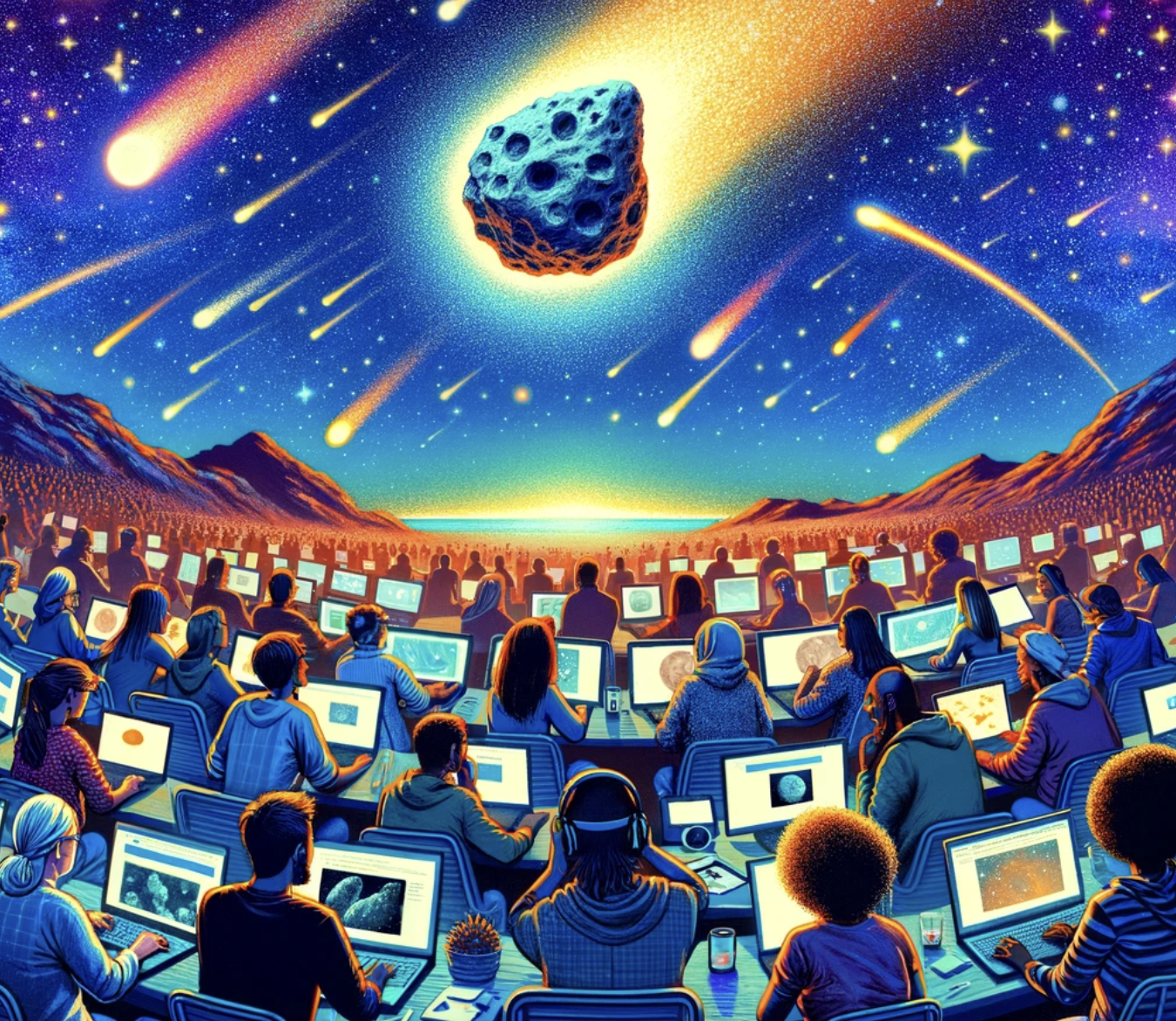
In a groundbreaking collaboration between scientists and the global community, the “Active Asteroids” Citizen Science project has unveiled a trove of discoveries, shedding light on a poorly understood population of objectspreviously unknown “active minor planets” in our solar system.
Launched on August 31, 2021, through a NASA Partner program hosted on the Zooniverse online platform, the Active Asteroids initiative calls upon volunteers from around the world to assist in the search for active asteroids — a category of rare and elusive small solar system objects characterized by comet-like tails or comae. Studying these objects is crucial for scientists to understand fundamental questions about the formation and evolution of the solar system, including the origins of water here on Earth. Additionally, active asteroids may be valuable for future space exploration because the same ices that are responsible for comet-like tails can also be used for critical resources, such as rocket fuel and breathable air.
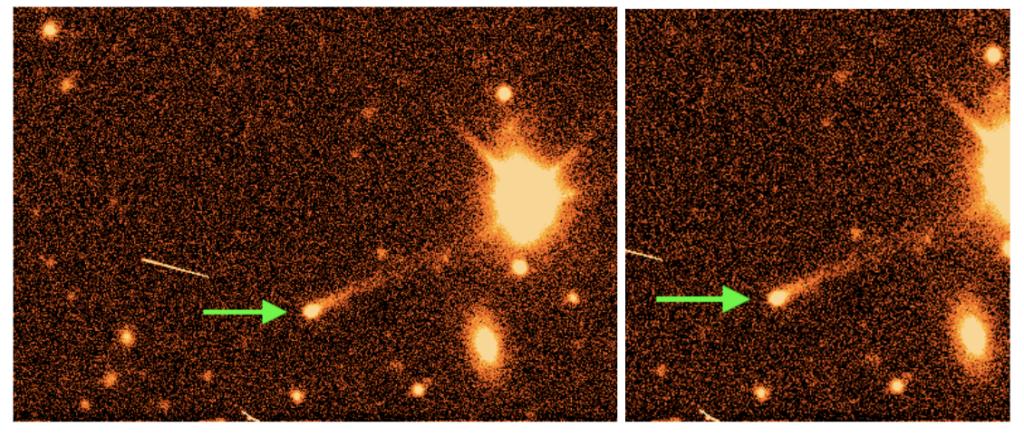
Asteroids can also appear active due to impacts from other asteroids or by spinning so fast that material is actually ejected off into space. Identifying these types of events also helps scientists learn more about how often such events occur and how asteroids behave when experiencing them, which can help inform the design of future asteroid deflection missions like NASA’s recent DART mission to the Didymos asteroid system.
The project, which is ongoing, utilizing publicly available data from the Dark Energy Camera (DECam) on the Victor M. Blanco telescope in Chile, involved the examination of over 430,000 images of known asteroids by 8,300 volunteers. The results, detailed in a recent paper, showcase the power of community engagement in advancing scientific knowledge.
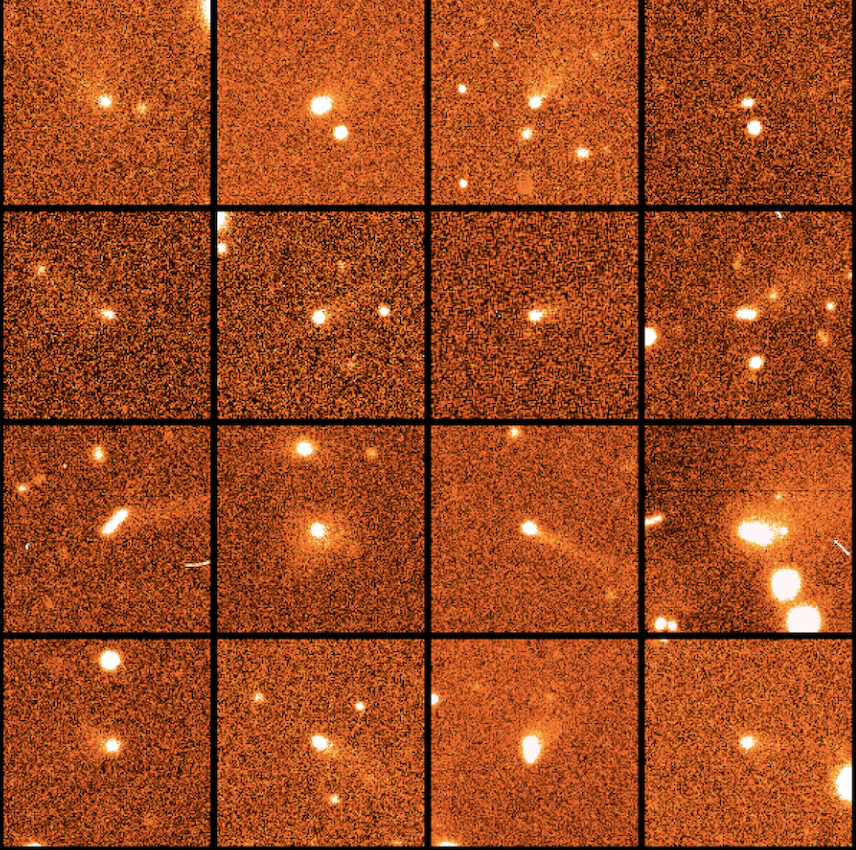
The recent survey conducted by volunteers has led to some groundbreaking findings. A total of 15 new active objects were identified, marking a significant challenge to the conventional wisdom regarding the elusive nature of asteroids. However, the discoveries did not stop there; they extended beyond active asteroids to include a diverse array of celestial phenomena. This includes the identification of one active Centaur, four active quasi-Hilda asteroids, and seven Jupiter-family comets (JFCs). Additionally, the project unearthed unexpected scientific insights, such as the discovery of historical activity on certain objects that was previously unknown. Dynamical analyses conducted during the project also prompted the reclassification of some objects, thereby adding an unforeseen layer of scientific depth to the findings.
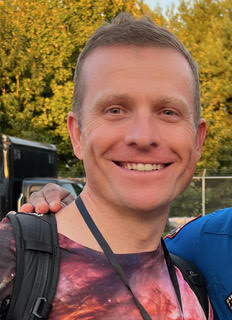
Project founder Dr. Colin Orion Chandler, a LINCC Frameworks project scientist at the University of Washington and DiRAC Institute, expressed gratitude for the enthusiastic response from Citizen Scientists. “The collective effort of our volunteers has expanded our understanding of the solar system. The discoveries made by this diverse group of individuals highlight the importance of engaging the public in scientific endeavors.”
Notably, the paper includes nine Citizen Scientists among the co-authors, signifying their critical role in the project’s success. When asked about the motivation behind their project involvement, one Citizen Scientist author, José Campos of Setubal, Portugal, said “I like the Active Asteroid project because it is very dynamic and there is always a good chance to contribute with a discovery.”
The “Active Asteroids” project not only furthers our knowledge of celestial bodies but also demonstrates the potential of Citizen Science in advancing cutting-edge research. The success of this initiative reaffirms the importance of collaborative efforts in exploring the mysteries of the cosmos.
About the Active Asteroids Project:
The Citizen Science program, Active Asteroids, is a collaborative effort between scientists and the global community, hosted on the Zooniverse online platform. Launched in partnership with NASA, the project engages volunteers in the search for rare asteroids with comet tails, uncovering previously unknown celestial phenomena. For more information, visit https://www.activeasteroids.net.
Contact:
LINCC Frameworks Project Scientist and Postdoctoral Scholar
DiRAC Institute and the University of Washington
coc123@uw.edu
1 206 543 2888
About the DiRAC Institute
The University of Washington’s Institute for Data-Intensive Research in Astrophysics and Cosmology (DiRAC) brings together the diversity of expertise — from astrophysics, data science, to software engineering — needed to build the world’s most advanced datasets and algorithms, and use them to explore and understand the universe. DiRAC scientists play a major role in the construction of Rubin Observatory and the development of next-generation software tools through the LINCC program. Learn more at https://dirac.astro.washington.edu/.
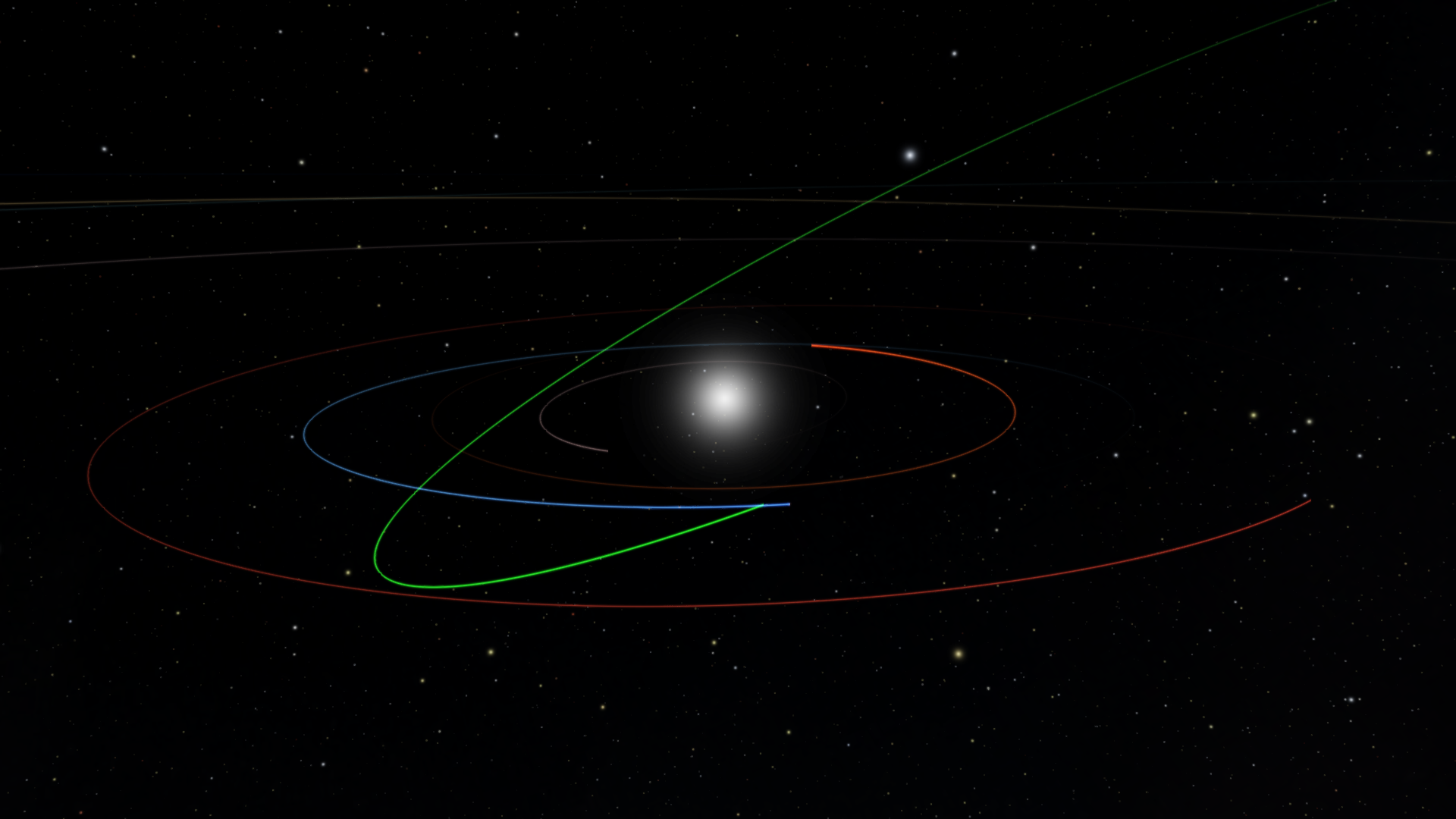
An asteroid discovery algorithm — designed to uncover near-Earth asteroids for the
Vera C. Rubin Observatory’s upcoming 10-year survey of the night sky — has identified
its first “potentially hazardous” asteroid, a term for space rocks in Earth’s vicinity that
scientists like to keep an eye on.
The roughly 600-foot-long asteroid, designated 2022
SF289, was discovered during a test drive of the algorithm with the ATLAS survey in
Hawaii. Finding 2022 SF289, which poses no risk to Earth for the foreseeable future,
confirms that the next-generation algorithm, known as HelioLinc3D, can identify near-
Earth asteroids with fewer and more dispersed observations than required by today’s
methods.
Read full article here.
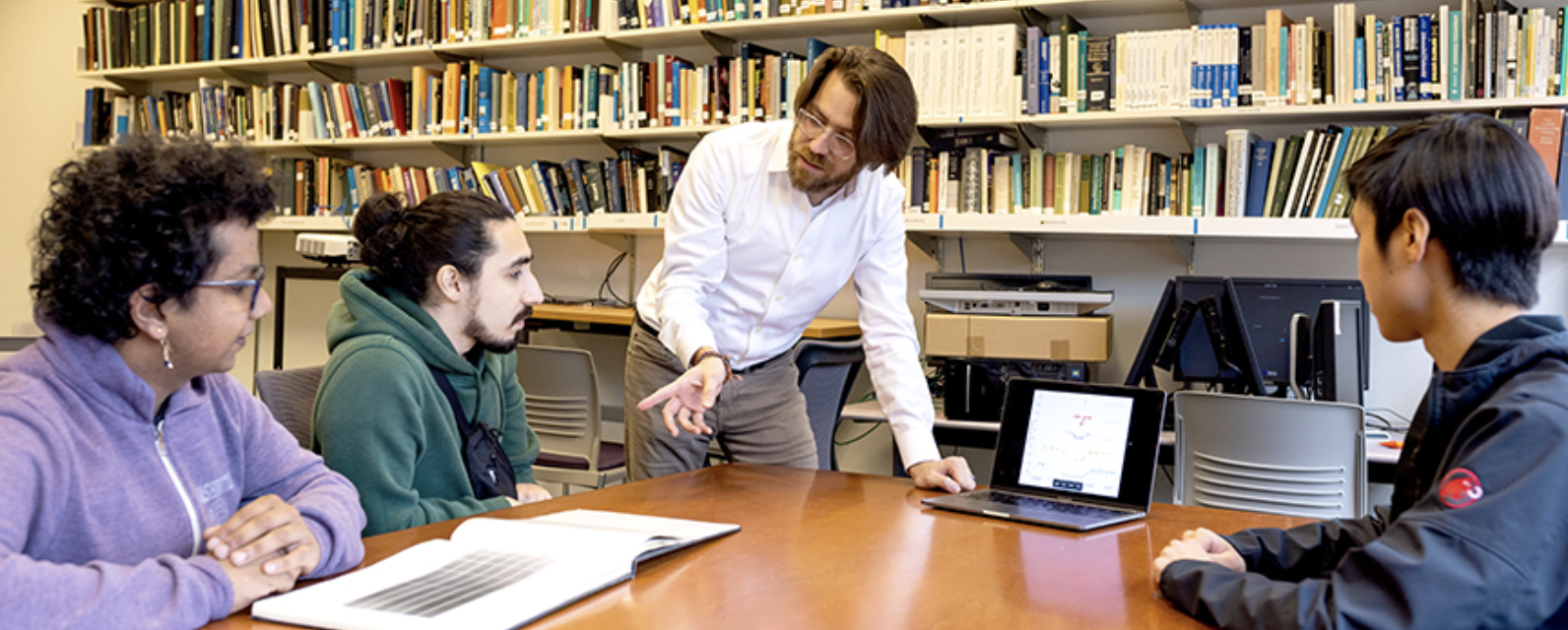
In conversation with James Davenport and 2022 DiRAC Research Prize recipients read more about Vera C. Rubin Observatory and important role of the scientists at the UW’s DiRAC Institute.
Paper published by Guadalupe Tovar Mendoza and DiRAC’s Associate Director James R. A. Davenport.
Stellar variability is a limiting factor for planet detection and characterization, particularly around active M-type stars. Here we revisit one of the most active stars from the Kepler mission.
Access the Publication at ADS here.
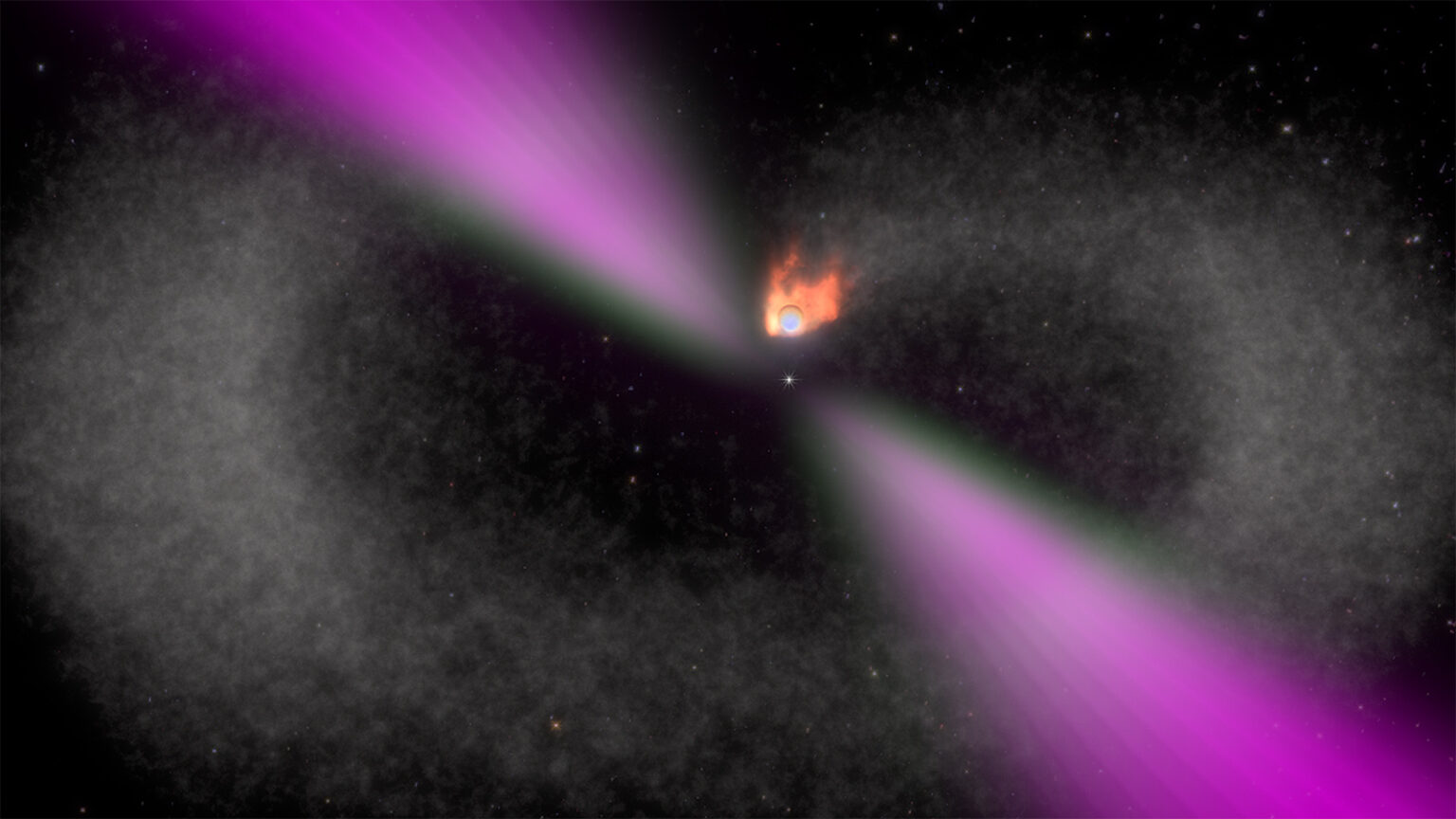
In partnership with the news team at the Massachusetts Institute of Technology, the UW News office has posted a story about a rare and mysterious star system discovered by a team of astronomers and reported in a paper published this morning in Nature. The researchers report that the system appears to be a “black widow binary” — consisting of a rapidly spinning neutron star, or pulsar, that is circling and slowly consuming a smaller companion star, just as its arachnid namesake does to its mate.

Washington state’s NASA Space Grant program at the UW invites you, as a faculty member conducting research in a STEM area, to participate our 2022 Summer Undergraduate Research Program (SURP). The application period for students closes on Friday, April 8, 2022.
SURP is an excellent way to extend your summer funding through WA Space Grant’s contribution of half of the selected student’s award payment. Faculty contribution per student is $2,750 full-time and $1,375 part-time.
If you already have a student working with you, we encourage you to apply for the program along with that student. If you are looking for new students, you can apply and we will help to match you with a qualified undergraduate.
Through SURP, WA Space Grant seeks to increase research opportunities for undergraduates on NASA-related STEM projects, and we particularly welcome applications from students with traditionally marginalized genders and from underrepresented minoritized communities. UW undergraduate students in good academic standing who are interested in research in science, technology, engineering or mathematics fields are eligible to apply. Applicants must be U.S. citizens.
The faculty request form is available at http://www.waspacegrant.org/programs/interns-fellows/surp/surp-faculty/
The student application is also open through April 8, 2022. Information for students can be found at:http://www.waspacegrant.org/programs/interns-fellows/surp/surp-for-students/